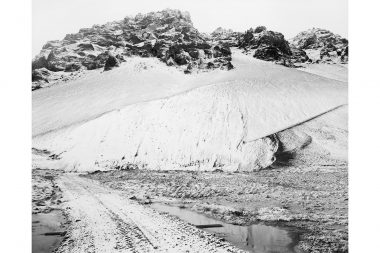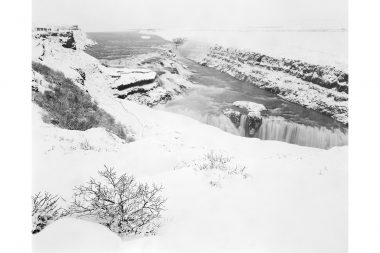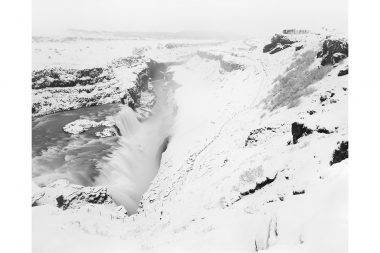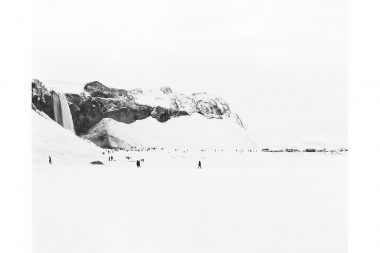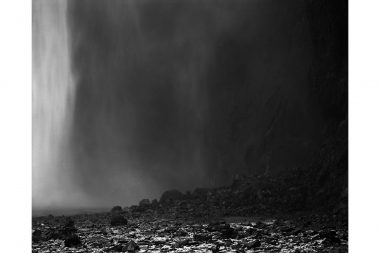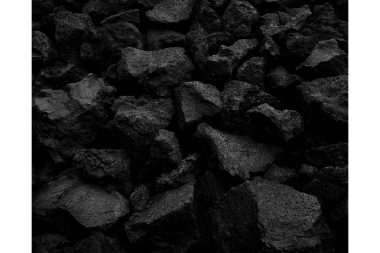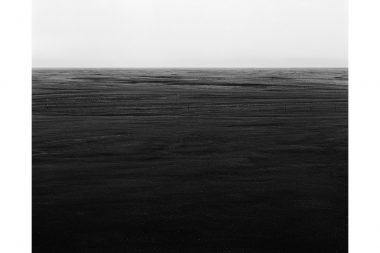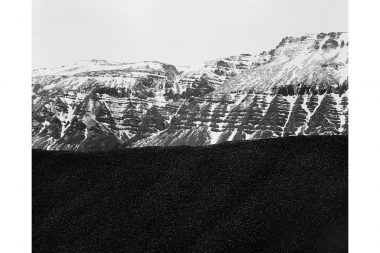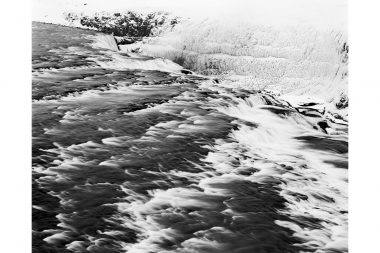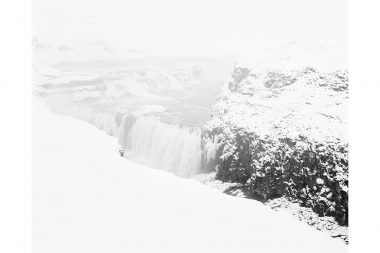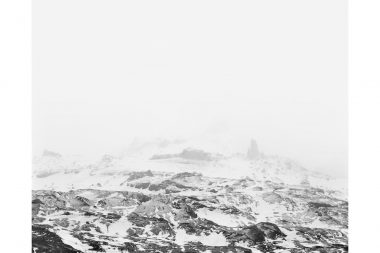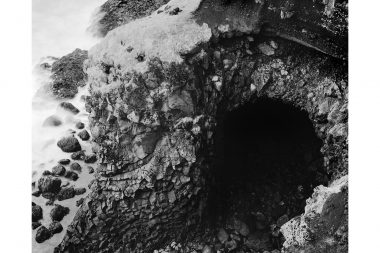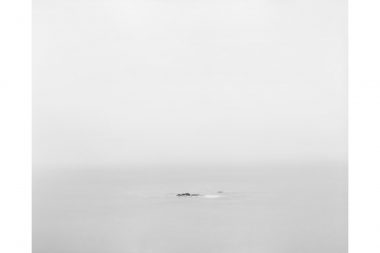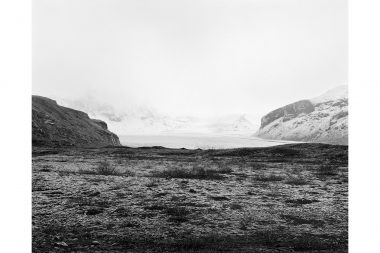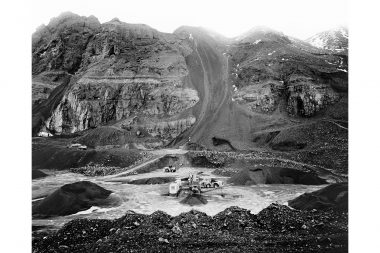Form and Void II
These images seek to examine the interconnectedness of the forms and voids that exist within the landscape, and how these elements translate to the pictorial (specifically photographic) space.
Parallel to this is a consideration of aspects of cultural geography; humankind’s place within this landscape and its relationship to it.
The Chinese philosopher Zhuang Zhou (born 370 BC), often known as Zhuangzi, proposed the notion that all things and events in the phenomenal world are dependent on one another, summarising existence as,
“This comes from that, and that is caused by this”.
In the same way that certain aspects of eastern philosophy sees the form and the void as one and the same, East Asian depictions of landscape generally intend to show that humankind is an inherent part of the landscape, and of nature, rather than ruling over it. This view is distinct from the more Western attitude of human society being a separate (and typically conflicting) entity in relation to nature.
A significant part of the project was a personal photographic “grounding”. The specific use of relatively traditional photographic equipment and techniques, including the use of a large format camera and black and white film, provides a clearer, more refined photographic language that is better suited to my intentions towards more considered and meditative compositions. The cumbersome nature of the camera is paradoxically beneficial for the production of stronger images. Slowing the process down and taking up to an hour to take an exposure is beneficial for encouraging a more analytical mode of seeing.
Archival-quality limited edition photographs from the project can be purchased here.
- Landscape photography by Richard Boll, London
- Form and Void II
- Award-winning photographer Richard Boll
- Form and Void II
- Personal project by Richard Boll, London
- Black volcanic rocks in Iceland
- Landscape photography by Richard Boll, London
- Form and Void II
- Award-winning photographer Richard Boll
- Landscape photography by Richard Boll, London
- Personal project by Richard Boll, London
- Form and Void II
- Form and Void II
- Personal project by Richard Boll, London
- Award-winning photographer Richard Boll

